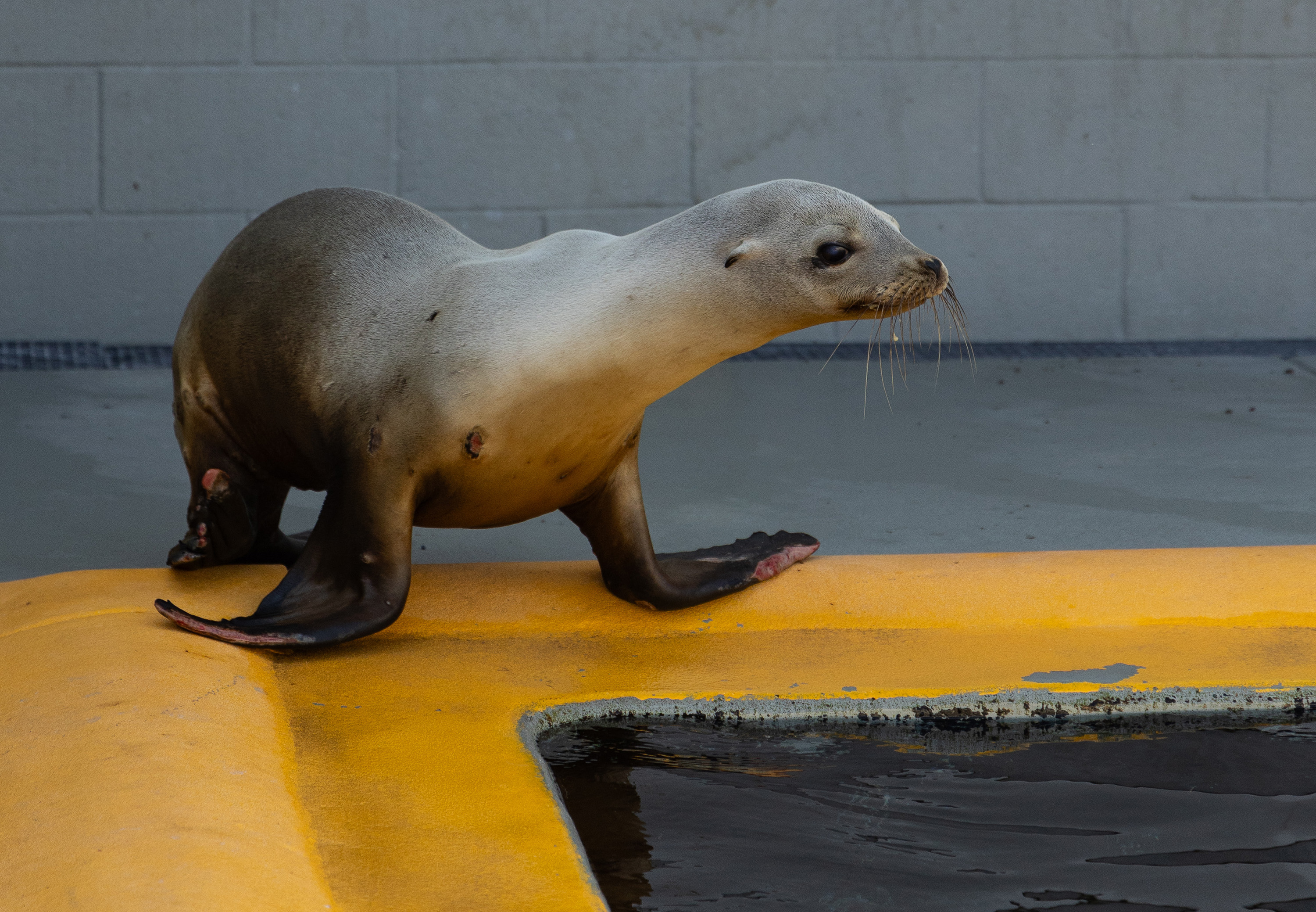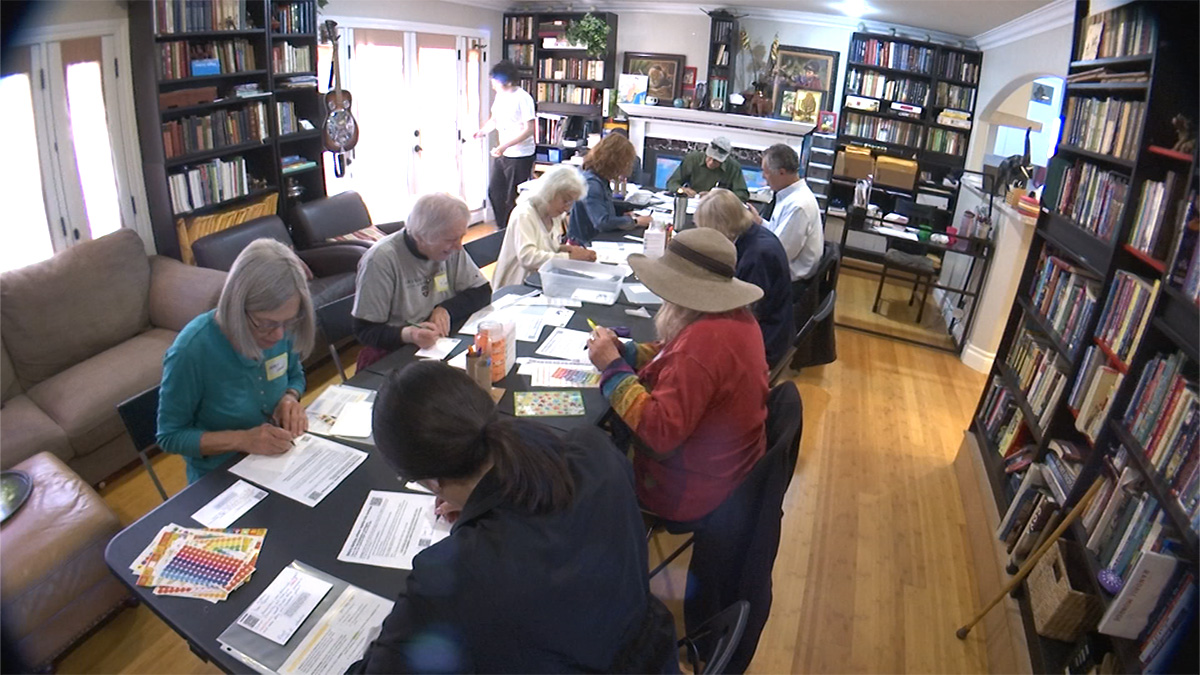San Francisco-area public transit rail stations are the best in California for overall use and access to jobs, housing and amenities, according to a new report released Tuesday. (Access the full report here).
The report gave both the BART and San Francisco Municipal Railway systems high marks but found the Santa Clara Valley Transit Authority's rail system to be the worst in the state, according to the criteria.
The best station in the entire state was Muni's Church Street station at Church and Market streets, which earned an A+ grade for its easy access to housing and retail, convenient transit access and land use policies.
The study was compiled through a collaboration between the University of California at Berkeley School of Law's Center for Law, Energy and the Environment and the non-profit research group Next 10.
To assign the grades, the researchers examined walkability scores, the number of employees and residents in the area who use public transit, the affordability of the surrounding neighborhood, and area crime rates, among other indicators.
Muni overall scored highest in California with a B. Its Church Street station scored highest and its Third and Marin station -- a low-density industrial area between the Dogpatch and Bayview neighborhoods -- scored the agency's lowest mark.
BART was close behind with a B-, its best station being Civic Center/UN Plaza and worst being San Francisco International Airport, according to the criteria.
Civic Center's easy access to other transit options, nearby amenities and destinations set it above other well-performing BART stations like the nearby Montgomery and Powell stations, the 24th Street Mission station, and the Ashby station in Berkeley.
Local
The researchers acknowledged that the airport station served a different function than was being measured in the report and housing options and walkability there were necessarily going to be sparse. Other poorly performing BART stations included the South San Francisco, Orinda, and North Concord stations.
While BART and Muni scored high marks, the worst rail system in the state was not far away. The Santa Clara Valley Transportation Authority earned a C- with the Japantown/Ayer station in San Jose scoring best for that system and the Middlefield station in Mountain View scoring worst.
The Japantown/Ayer station scored high for access to amenities and walkability but earned a low mark for use as most people in the area chose to drive rather than take public transit.
Middlefield, a low-density area on the edge of the VTA service area, scored poorly all around, according to the report.
The report's authors hope the information can encourage more transit-centric development near the poorly scored stations as the state's population grows.
Housing construction has not kept pace with the growing population, making more housing construction a necessity. Expanding transit can be extremely expensive -- heavy rail can cost between $230 million and $430 million per mile -- so stations should be used as effectively as possible, according to the report.
More compact development in rail-connected neighborhoods can allow the population to grow while keeping housing more affordable and pollution down.
While such improvements might not be possible for some stations, such as those serving airports or near major freeways, measuring transit stations according to this criteria can provide an indication as to where development can be focused or where more use of transit should be encouraged, organizers of the study said.
New report grades BART, Muni rail stations. http://t.co/igkfcstkrw pic.twitter.com/sSU7W15u88 — NBC Bay Area (@nbcbayarea) October 6, 2015



